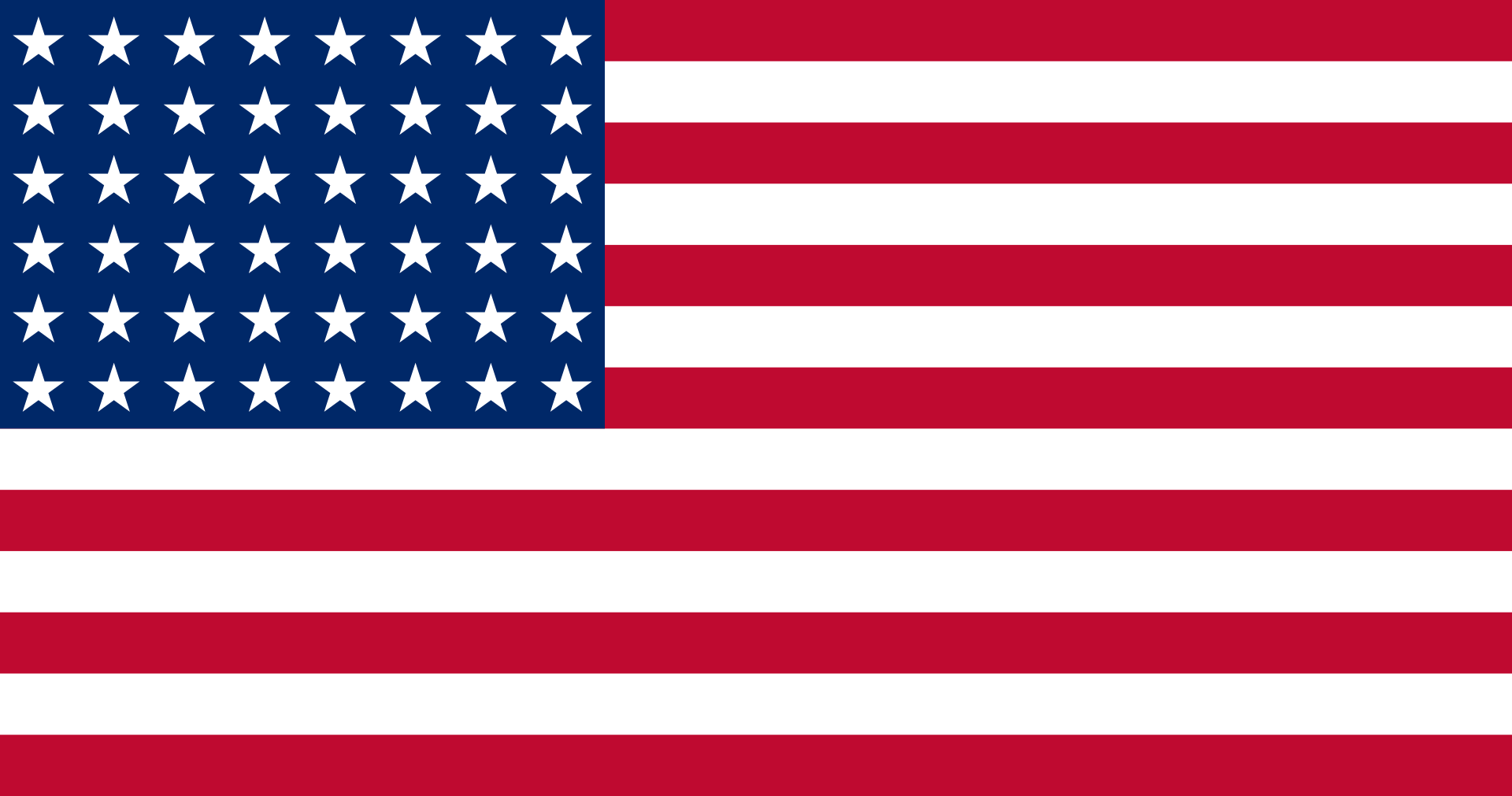Commando 42-101116
Aircraft Identification
VARIANT: Curtiss C-46A-50-CU Commando
USAF SERIAL NUMBER (S/N): 42-101116
CURTISS CONSTRUCTION NUMBER (C/N): 30571
COMMANDO LINE NUMBER (L/N): CU1107
FATE: Written off
Operational Record
 September 1944 to November 1945
September 1944 to November 1945
42-101116 - USAAF (USA)
19 September 1944
Delivered from the Curtiss-Wright factory in Buffalo, NY.
Assigned to I Troop Carrier Command, based at Baer Field, IN.
Stayed within the Continental USA.
 November 1945 to 1949
November 1945 to 1949
42-101116 - RFC (RECONSTRUCTION FINANCE CORPORATION) (USA)
15 November 1945
Transferred to RFC and stored at Walnut Ridge AAF, AR.
 1949 to December 1949
1949 to December 1949
N51598 - SUN CHEMICAL CORPORATION (USA)
1949
Purchased from RFC.
30 December 1949
Registered.
2 August 1951
Registration cancelled, export to Brazil.
 December 1949 to September 1950
December 1949 to September 1950
PP-XCT - LOIDE AEREO NACIONAL (BRAZIL)
30 December 1949
Purchased and assigned a temporary registration ("pasavante").
Ferried to Brazil.
 September 1950 to January 1958
September 1950 to January 1958
PP-LDF - LOIDE AEREO NACIONAL (BRAZIL)
26 September 1950
Assigned a permanent registration.
Right: PP-LDF sometime in the 1950's in Rio de Janeiro Santos Dumont, Brazil.
Photo credit: unknown
 January 1958 to February 1958
January 1958 to February 1958
PP-LDF - WESTERN HEMISPHERE IMPORT EXPORT COMPANY (USA)
January 1958
Purchased.
25 January 1958
Left Brazil for delivery. [where?]
 February 1958 to December 1958
February 1958 to December 1958
PP-LEO - LOIDE AEREO NACIONAL (BRAZIL)
8 February 1958
Repurchased by Loide, and delivered back to Brazil. [reason?]
 December 1958 to August 1965
December 1958 to August 1965
PP-BTH - PARAENSE TRANSPORTES AEREOS (BRAZIL)
12 December 1958
Purchased.
7 January 1959
Registered.
2 April 1964
Overhauled. Total airframe time 24,650 hours.
31 July 1965
Underwent a 500-hour inspection.
12 August 1965
Damaged beyond repair in the jungle 100 km northwest of Cuiaba, Brazil after an engine fire in cruise (13/13 fatalities).
The Commando was operating a scheduled passenger flight between Cuiaba and Porto Velho, Brazil. About 30 minutes after takeoff, n°8 cyclinder on the left engine blew out, inducing a massive oil and fuel leak and a fire in the engine nacelle. The crew immediately turned back to Cuiaba. However, by the time they were overflying the town of Barra do Bugres, the fire had weakened the aircraft structure to a point where the left wing separated. The Commando brake up in flight and crashed into the jungle. All aboard were killed.
The ![]() investigation revealed that 11 of the 15 bolts attaching n°8 cylinder to the engine had failed by fatigue, overstressing the remaining 4. Also, following this accident and several other instances of catastrophic engine fire in Commandos, the FAA mandated operators to perform modifications to the fire detection and extinguinshing system originally installed in the aircraft. The standard red fire lights were indeed so weak that they may not be noticed by the crew with the sun shining on the instrument panel. Thus, it was assumed that PP-BTH's crew did not realize that the left engine was actually on fire, explaining that the fire extinguisher was never activated.
investigation revealed that 11 of the 15 bolts attaching n°8 cylinder to the engine had failed by fatigue, overstressing the remaining 4. Also, following this accident and several other instances of catastrophic engine fire in Commandos, the FAA mandated operators to perform modifications to the fire detection and extinguinshing system originally installed in the aircraft. The standard red fire lights were indeed so weak that they may not be noticed by the crew with the sun shining on the instrument panel. Thus, it was assumed that PP-BTH's crew did not realize that the left engine was actually on fire, explaining that the fire extinguisher was never activated.
Finally, Paraense was criticized for its crisis management, as it took them three days to publish the list of passengers on board PP-BTH that day. It was the airline's ninth Commando accident over the preceeding seven years, and the quality of its maintenance became under increasing scrutiny, eventually leading to the company's closure in 1970.
Total airframe time 27,761 hours.
Last edited: 18/08/2023

